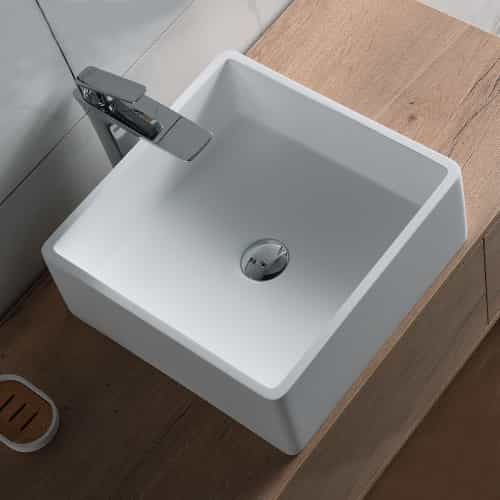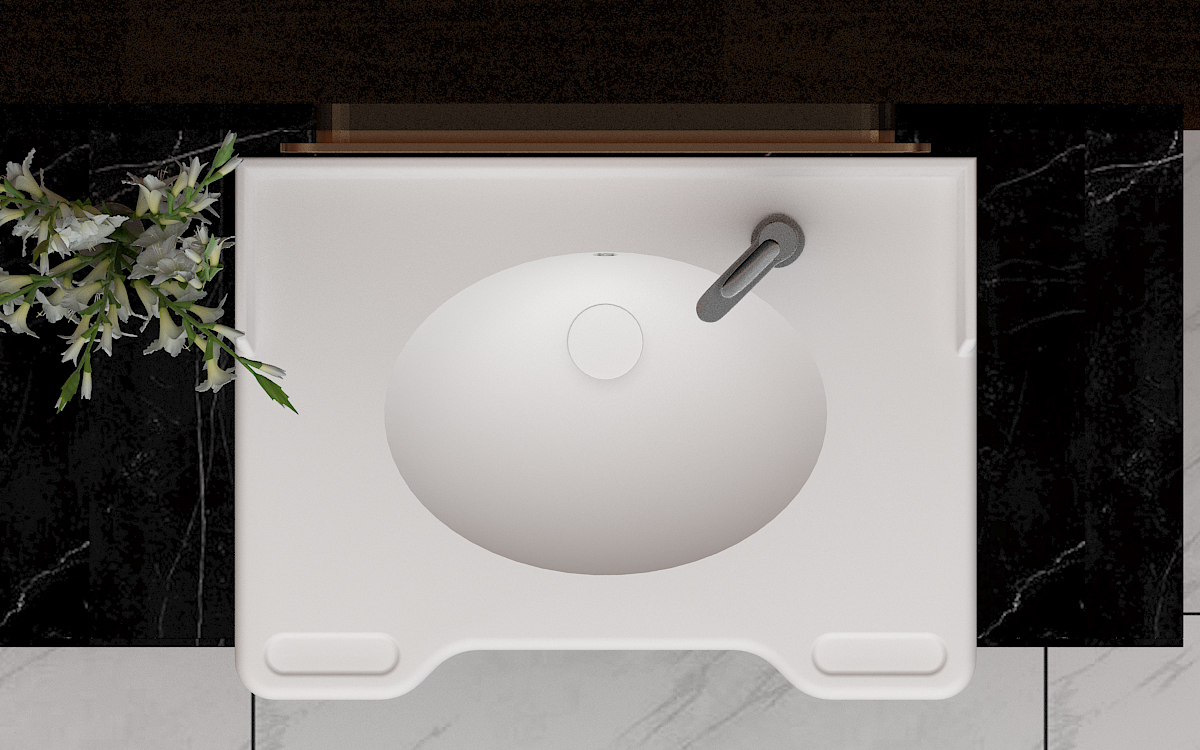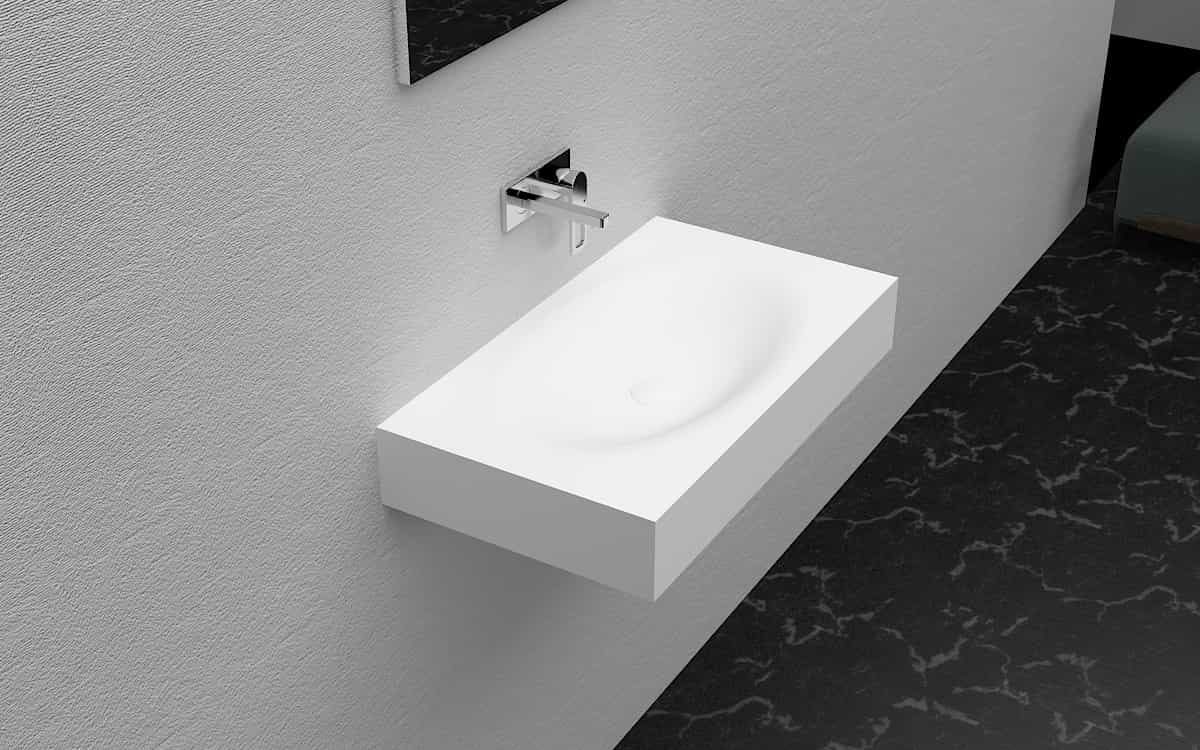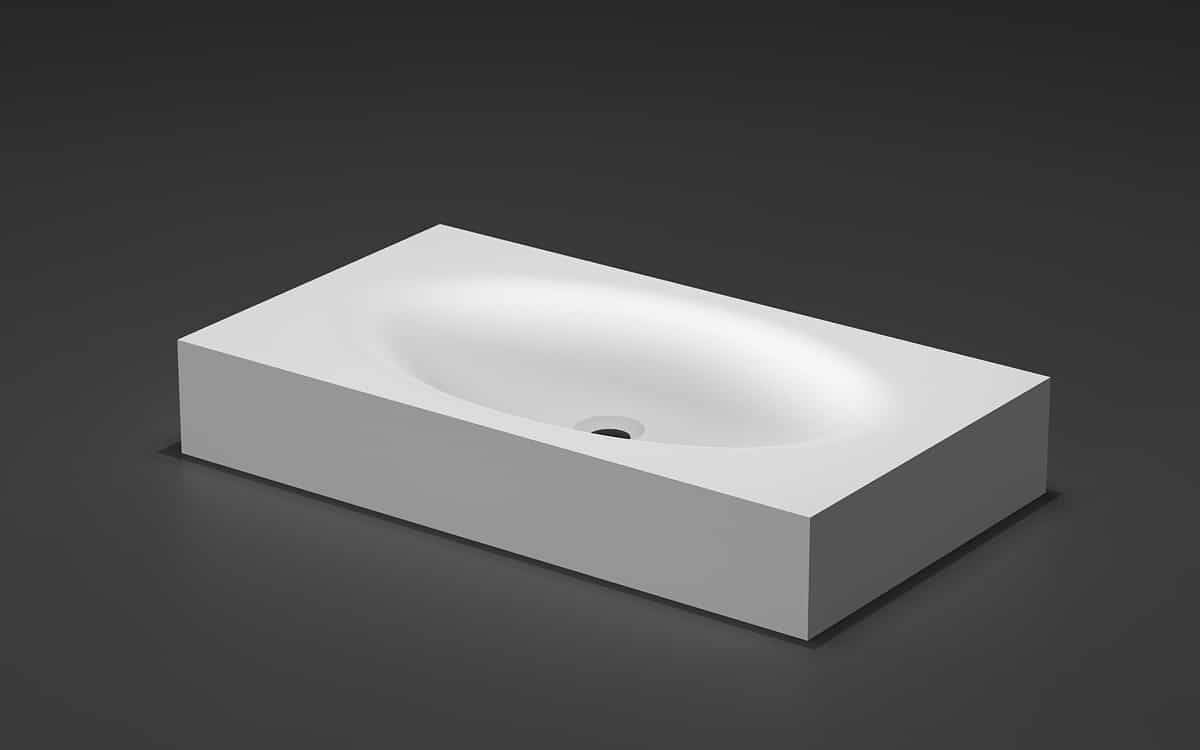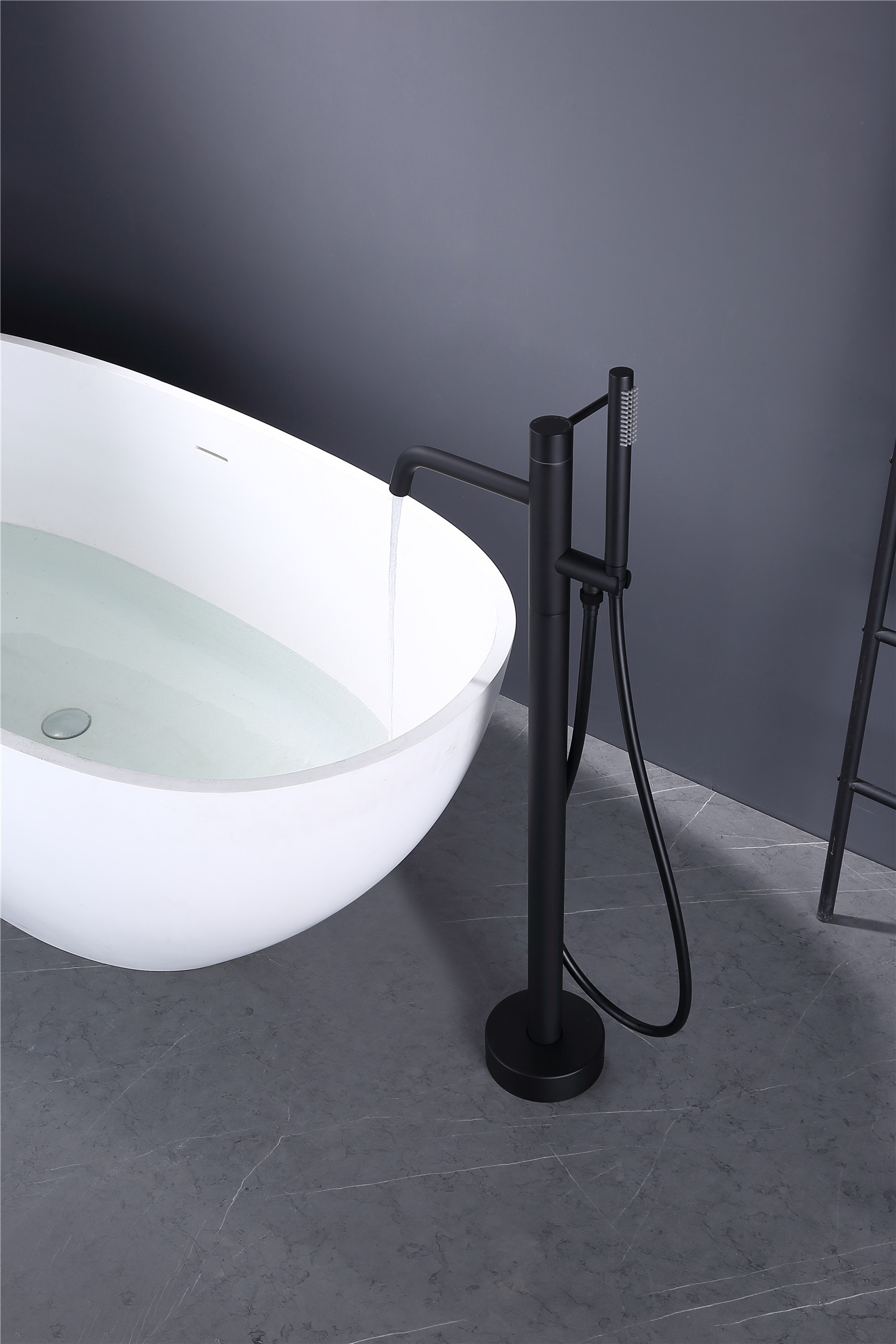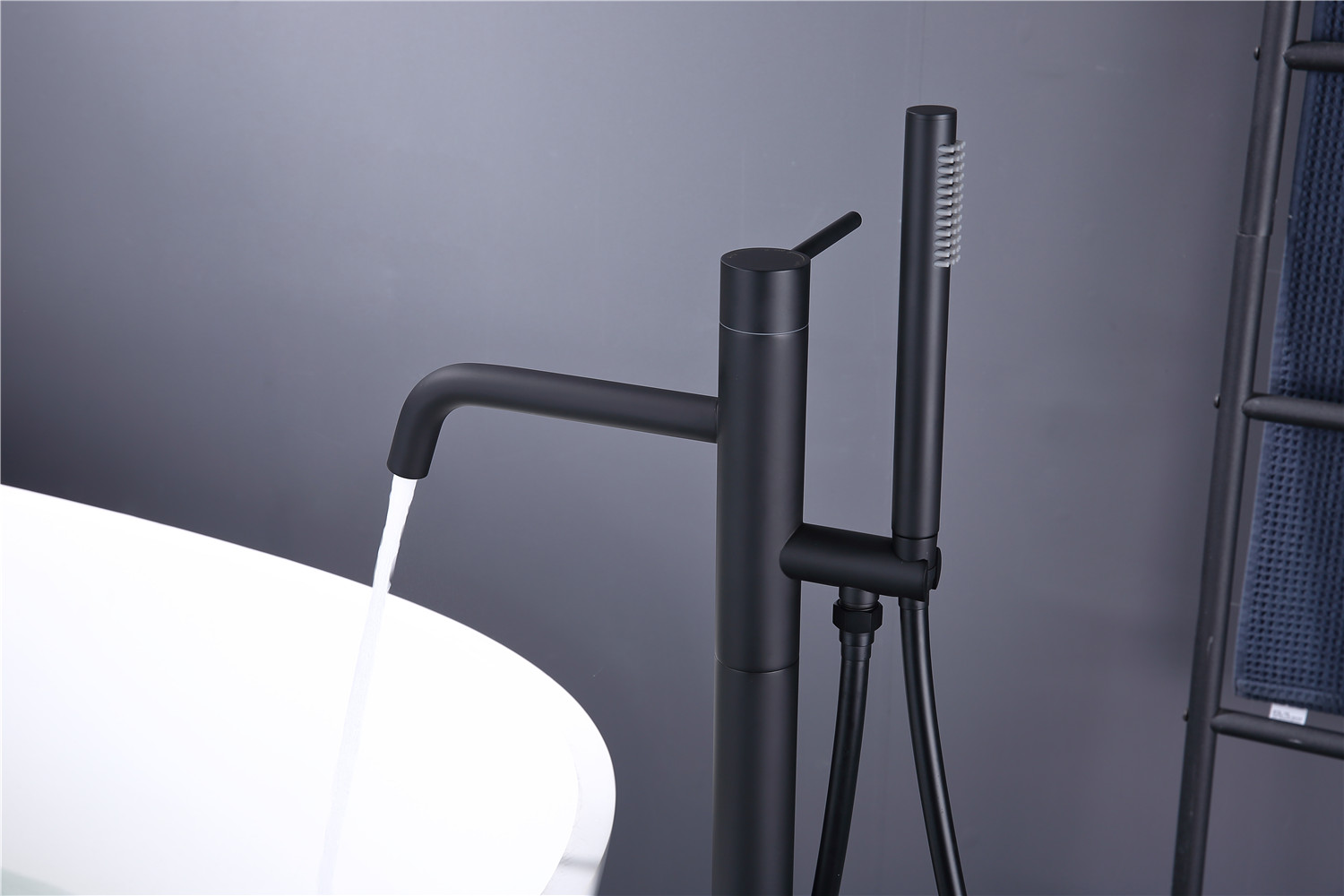
The role of fabric softener
The action of fabric softeners on clothing is very different from the action of detergents on clothing. The detergent is meant to disperse dirt from the clothing, and the detergent itself should be removed from the clothing after washing. So it can be said that the effect of detergent on clothing is “subtraction”. And clothing softener (fabric softener) for the role of clothing is to be adsorbed by the fiber, is to remain on the clothing function. So it can be said that clothing softener is “addition” to clothing.
The application limitation of clothing softener is mainly the need for fluffy and soft clothing, such as sweater, cashmere sweater, blanket, towel, bath towel and some obscene clothes. Sometimes in order to double the warmth of the atmosphere, some textiles in the family such as curtains, sofa covers and so on will also use softener disposal.
Clothing softener is a finishing agent often used after washing clothes. It is mainly made of cationic surfactant. Its functions mainly lie in:
1, improve the state of the fiber, so that the fiber after wearing or washing the change of recovery. Keep it fluffy, soft and relatively natural.
2, reduce the friction coefficient between the fibers, so that the fibers can be poised relative motion, improve the feel of the fabric.
3, fiber adsorption softener after the fabric to improve the water resistance.
Often use clothing softener good owe good?
In modern times, more and more families have the shadow of fabric softener. However, health experts have found that there are many toxic chemicals in these clothing softeners, which can cause serious damage to the central nervous system if used for a long time.
According to the Environmental Protection Agency (EPA) and the Safety of Chemicals Manual (MSDS), clothing softeners contain a variety of dangerous chemicals, including benzyl acetate, seryl alcohol, limonene, benzyl alcohol and chloroform. Benzyl acetate may cause pancreatic cancer. The gas can irritate the eyes and respiratory tract, causing coughing and can be absorbed through the skin. Benzyl alcohol can irritate the upper respiratory tract, cause central nervous system clutter, and cause headaches, decreased blood pressure, vomiting, nausea and other symptoms.
Limonene is a known carcinogen that irritates the eyes and skin; It has anesthetic effects, can cause central nervous system disorders and breathing problems, and in animal experiments, can even cause the death of test instruments. Chloroform is a nerve – destroying narcotic, carcinogenic substance, has been included in the United States Environmental Protection Agency hazardous waste list. Most of these chemicals are more dangerous when heated in the dryer.
As softeners remain in clothing, these chemicals are gradually released into the skin or into the air. To make matters worse, fragrances are added to most fabric softeners to mask the chemical smell. For children, the elderly and the sick, prolonged exposure to these chemicals is especially dangerous and can cause permanent damage. Children may have rashes, prolonged crying, or abdominal leakage. Some researchers have even suggested that some cases of SIDS can be caused by allergic reactions, and that improper washing of children’s clothes and bedding with fabric softeners may be one of the causes.
If you want to keep your clothes supple, try the following methods. Not only are they less harmful to health and the environment, they are also more economical. 1. Pour 1/4 cup baking soda into the washing machine to soften clothing. Alternatively, add 1/4 cup of white vinegar, which can also soften clothes (but don’t use bleach at the same time). 2. Draping clothes on a clothesline to eliminate static electricity. 3. Put a small piece of aluminum foil into the dryer with clothes to prevent static electricity. 4. Install water softener. 5. If you must use fabric softener, choose one containing natural ingredients as far as possible.









